Media | Articles
How the AMC Eagle blazed a trail through a giant government loophole
On a rainy day in 2015, I had the chance to test drive an AMC Eagle up the side of a small mountain in Pennsylvania. I’m not a skilled off-roader, but the car conquered the washed-out gravel roads and muddy two-tracks with ease. Not once did this 30 year-old station wagon get stuck or even spin its wheels.
When new, the Eagle was an interesting mix of an outdated body and an old engine coupled to a groundbreaking four-wheel-drive system. AMC fans love bragging that the Eagle was the first four-wheel-drive car and the first crossover SUV. In response, I can’t help thinking of an often misquoted but apt meme:

The Subaru Leone offered four-wheel-drive in 1972, the Jensen FF had it in 1966, and the GAZ M-72 had it way back in 1955. At best, the 1980 Eagle could be called the first American four-wheel-drive car. But if we accept that as true, how could the AMC also be the first crossover SUV? A car and a crossover are not the same.
Now, I don’t mean to start a big debate, but I consider a crossover to be a vehicle built on a car platform but with styling that mimics traditional truck-based SUVs. A crossover is not just a lifted car with all-wheel drive. By that metric, the Audi Allroad and Volvo Cross Country aren’t crossovers, because they share body panels with their wagon siblings, but the Audi Q5 and Volvo XC60 are crossovers.
The Eagle’s body panels were virtually identical to those of the AMC Concord, and it came in sedan, wagon, and hatchback forms. The AMC may be lifted, with four-wheel drive and a bunch of plastic cladding, but it still shares its body and interior with a line of passenger cars. I have long thought of the Eagle as a four-wheel-drive car, not a crossover.
Marketplace
Buy and sell classics with confidence
That is, until I discovered the Eagle’s original 1977 product proposal.

After American Motors acquired Jeep from the Kaiser Corporation in 1970, it hired Roy Lunn to run Jeep engineering. A British expat who had worked on the Ferrari-beating Ford GT40, Lunn was tasked with updating Jeep’s outdated products, but he also looked into the feasibility of a four-wheel-drive passenger car. In 1972, he cobbled together an AMC Hornet with a Jeep Quadra-Trac drive system. The combination worked, but the Jeep system produced unacceptable levels of noise and vibration, exacerbated by the car’s unibody construction. With plenty of demand for existing AMCs and Jeeps, American Motors shelved the project.
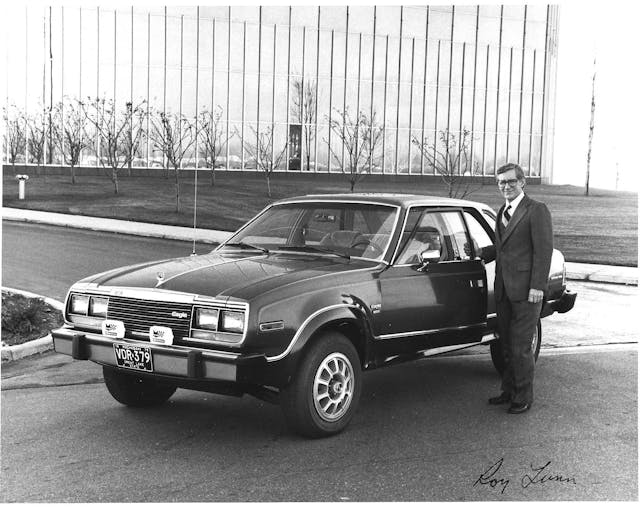
In 1976, Lunn learned about a viscous-coupling transfer drive developed by FF Developments and GKN and said to offer a quieter and smoother form of four-wheel drive. The Quadra-Trac system transferred power through a limited-slip center differential with a metal-on-metal connection. The FF-GKN viscous arrangement used a coupling that featured a series of discs spinning in a silicone-based fluid. Lunn hoped the technology would solve the four-wheel-drive Hornet’s issues with noise, harshness, and vibration.
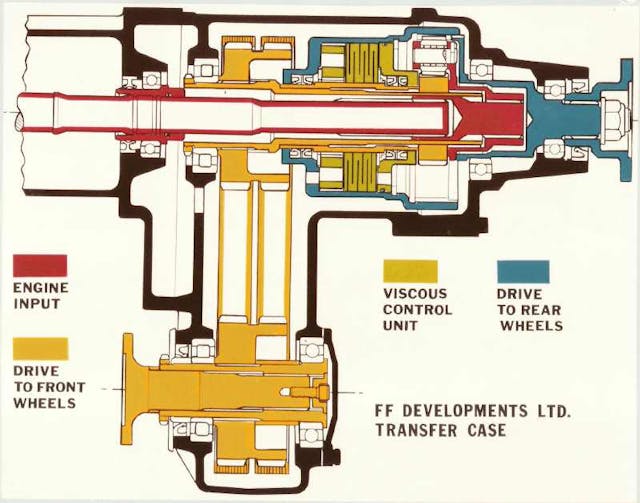
Lunn quietly asked management for a million dollars to restart the project and build another prototype. The inquiry was a direct violation of company policy—American Motors believed new vehicle ideas were the job of product planners, not engineers. Lunn managed to get the money without getting fired, however, and immediately got to work with FF, GKN, and New Process Gear, the viscous technology’s American rights-holder. By June of 1977, FF had built a prototype four-wheel-drive Hornet in England and shipped it to the States. In July, Lunn presented his reworked idea to AMC’s board of directors.
Although he was an engineer, Lunn had noticed an increasing disconnect between the way Jeeps were marketed and the customers who actually bought them. Writing years later in a technical paper for the Society of Automotive Engineers, he said:
“It was evident that many consumers coming from the 2WD segments were buying the vehicles (Jeeps) for the security they offered for on-highway driving, although the only vehicles available were accented to off-road usage. This out-of-context purchase, particularly in high volumes, raises the question of whether there was a need for a new type of vehicle with a different balance of compromise accented to highway usage.”
In other words, “The commercials show people driving up mountains, but in real life, they only go to the grocery.”
In today’s world, as we drive around surrounded by mall-crawling SUVs, that conclusion seems obvious. But in the mid-1970s, automakers were slow to realize the trend. Then as now, most Jeep buyers weren’t hardcore off-roaders; they wanted extra traction “just in case” of rain, snow, or slush. Four-wheel-drive cars were rare. A Jeep Wagoneer or Cherokee might be overkill, but it was still more practical for a family than a pickup truck.

By 1977, AMC’s passenger-car sales and fortunes were sinking fast. Lunn’s product proposal, titled “8001 Plus Four,” was remarkably clear-eyed:
“American Motors has functioned most-profitably in situations where its products were unique in the marketplace. The current passenger-car decline is unquestionably partially due to a demand for larger vehicles; but our disproportionately low share of the small-car market is highly influenced by increasingly superior imports and domestic competition.
The ongoing product situation, particularly relating to emissions and fuel economy legislation, is also necessitating complete redesign of basic vehicles to meet a new market created by standards rather than customer demand or desire. AMC is not financially or creatively capable of being able to meet this changing situation in the main segments of the market. We have, therefore, to accept progressive annihilation or get back to where we started by finding unique slots in the marketplace which are legal on a continuing basis and are within our financial and creative capabilities. This product proposal relates to creating such a unique product as a natural combination of Jeep and Passenger Car factors.”
None of the above was earth-shattering; AMC was getting squeezed by imports in the compact market and by the Big Three in the full-size market. The company desperately needed a fresh product in a niche with less competition. As Lunn said, a four-wheel-drive car was “a natural combination,” and basing that vehicle off an existing design or designs would save AMC millions.
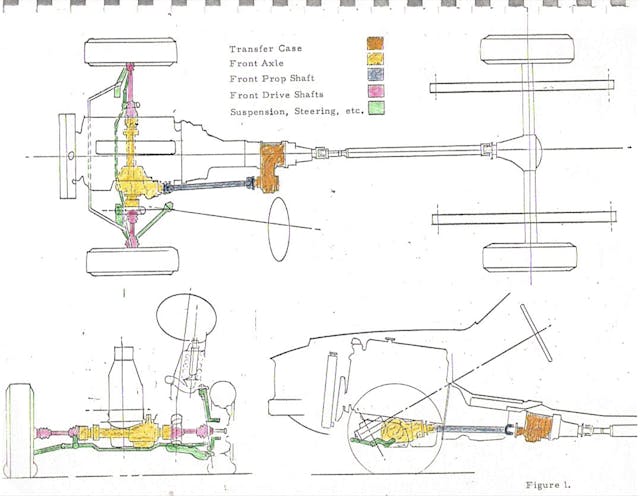
Here’s where it gets interesting: Lunn argued that AMC lacked the resources to meet upcoming government standards. Corporate Average Fuel Economy (CAFE) rules were set to go into effect in 1978 and grow more strict every year after. Emissions and safety standards were increasing, too. But Lund had devised a clever way around that:
“A most important aspect of the proposal is the legal categorizing to meet safety, fuel economy, and emission standards. The specification content and package layout are designed such that the vehicle would be categorized as follows:
- Safety—multi-purpose
- Fuel Economy—non-passenger cars (starts in 1979 at 17.2 mpg)
- Emissions—Light truck
These categories have obvious and distinct advantages over passenger-car requirements. This will enable us to pursue a course of action which will require less change to our basic powertrains and maybe a lower level of [emissions] control equipment.”
Roy Lunn said it first: The Eagle is not a car! And it was the first vehicle to exploit the “SUV loophole.”
Hagerty video host Jason Cammisa has a detailed and entertaining description of that term, but the loophole is essentially an unintended consequence of various American automobile regulations passed in the 1960s and 1970s. The majority of Americans at the time drove “passenger cars” (sedans, station wagons, coupes, hatchbacks, etc.), so the government made fuel economy, emissions, and safety regulations for these vehicles considerably stricter than those for “light trucks” (pickups, SUVs, off-road vehicles).
Those regulations were partly the result of corporate lobbying and partly just well-intentioned policymaking. Their goal was to cut trucks a bit of slack in fuel use, because those vehicles made up a smaller part of the market and needed more powerful engines for towing and hauling. Regardless, as with all well-intentioned rules, people found a way to skirt them.
By meeting the class specifications of a light truck, a vehicle would have more lenient engineering requirements and lower development costs. As a result, trucks and SUVs would become more profitable to build, so automakers spent more money designing and marketing them.
Those regulations unintentionally created a self-reinforcing feedback loop that helped truck and SUV sales skyrocket. The trend continues today and has contributed to all kinds of issues, from increased pedestrian deaths to increased air pollution. This isn’t the place for a political discussion, but no matter how you slice it, it’s funny that the United States government puts a Subaru Crosstrek in the same category as a Ram 1500, when it’s really just a lifted Subaru Impreza hatchback.
Those rules made sense back when SUVs were actually based on truck chassis—and when they were primarily used for towing, hauling, and off-roading. But now, and even more so than in Roy Lunn’s time, the majority of SUV drivers never even scratch the surface of their vehicle’s ability. Instead, automakers continually push the envelope for which car-like vehicles can technically be classified as SUVs. By this metric, perhaps the AMC Eagle was the first crossover after all.
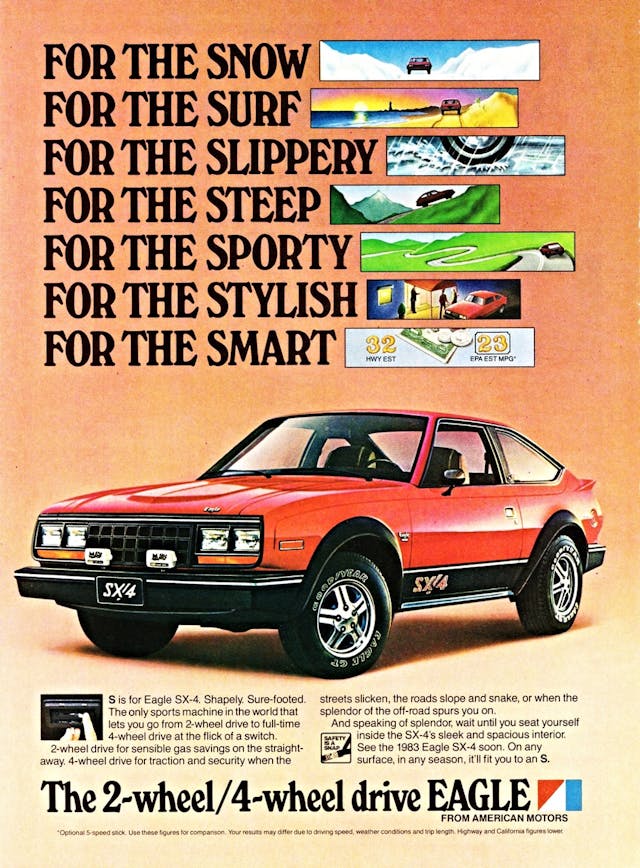
AMC’s board approved Roy Lunn’s proposal, and the Eagle, as planned, was classified by the government as a light truck. Although the prototype was based on a Hornet, the Hornet was revamped into a new model, the Concord, for 1978. As a result, when the Eagle debuted in 1980, it used Concord bodies, with minor changes like fender flares and a different grille. The advanced viscous-coupling drive system was an industry first, and it later made its way into several Jeep products, including the XJ-chassis Cherokee.
Who could blame AMC or Lunn for taking advantage of the loophole? No one could have predicted the crazy consequences these regulations would have on the automotive landscape. Ironically, I think Lunn saw the Eagle as a less wasteful alternative to other trucks and SUVs.
Compared to those, the AMC was smaller, more fuel-efficient, and easier to drive. It was supposed to convince people to trade in their gas-guzzling Wagoneers, not their family sedans.

In light of all this, I still hesitate to call the Eagle a crossover SUV, despite what the government says. The term crossover didn’t even exist at the time, and most AMC marketing cagily refers to the Eagle as a “vehicle,” “automobile,” or “sport machine,” although sometimes the word “car” slips through.
Regardless of semantics, Roy Lunn and American Motors should be commended for the creativity it took to develop and launch such a revolutionary vehicle on such a small budget. More importantly, Lunn should be remembered for engineering an incredible 4WD system that still holds up after 30 years, and there’s no debate about that.
Joe Ligo is the director/producer of the “The Last Independent Automaker,” a documentary TV series about the history of American Motors Corporation.
***
Check out the Hagerty Media homepage so you don’t miss a single story, or better yet, bookmark it. To get our best stories delivered right to your inbox, subscribe to our newsletters.


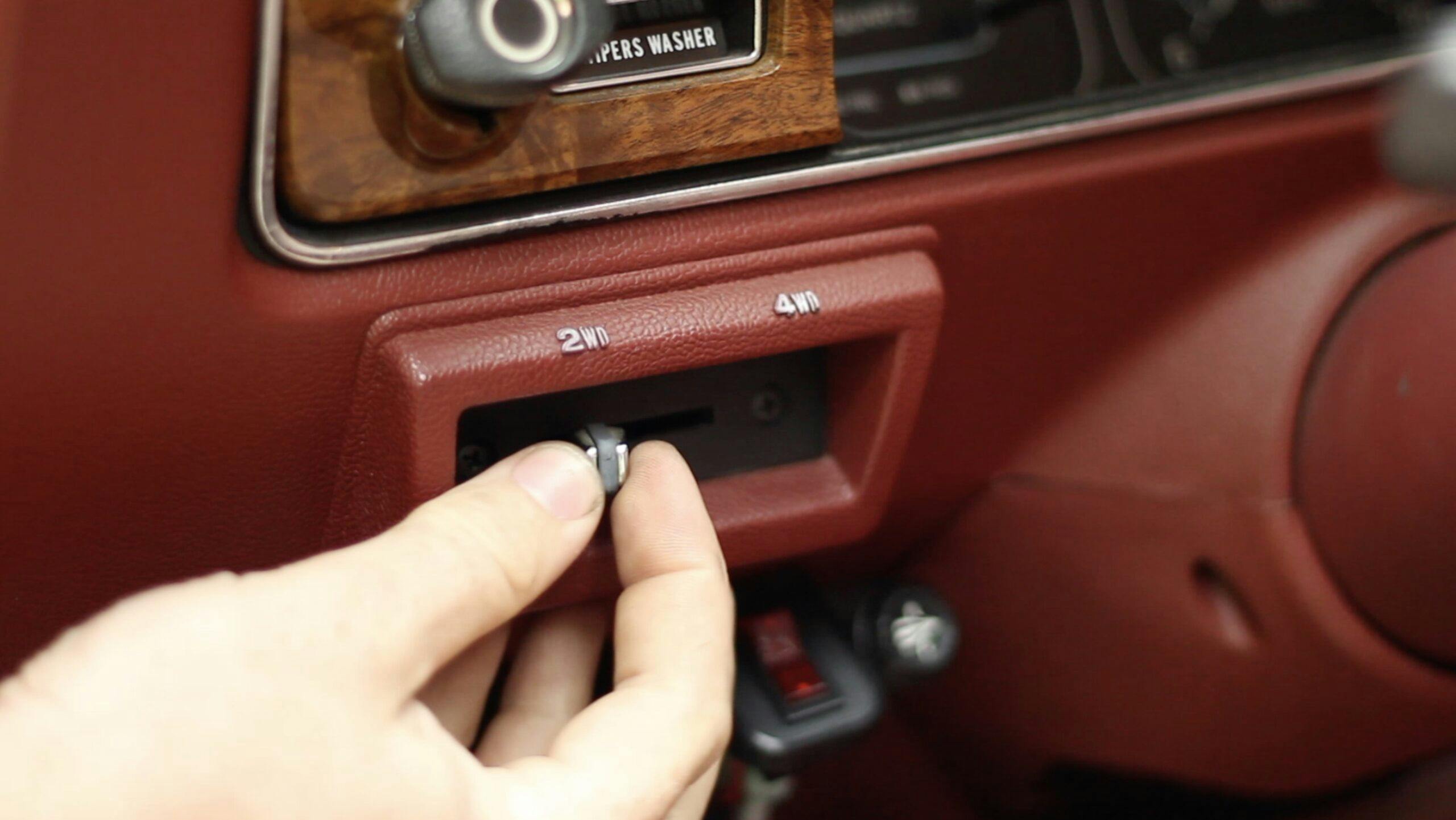
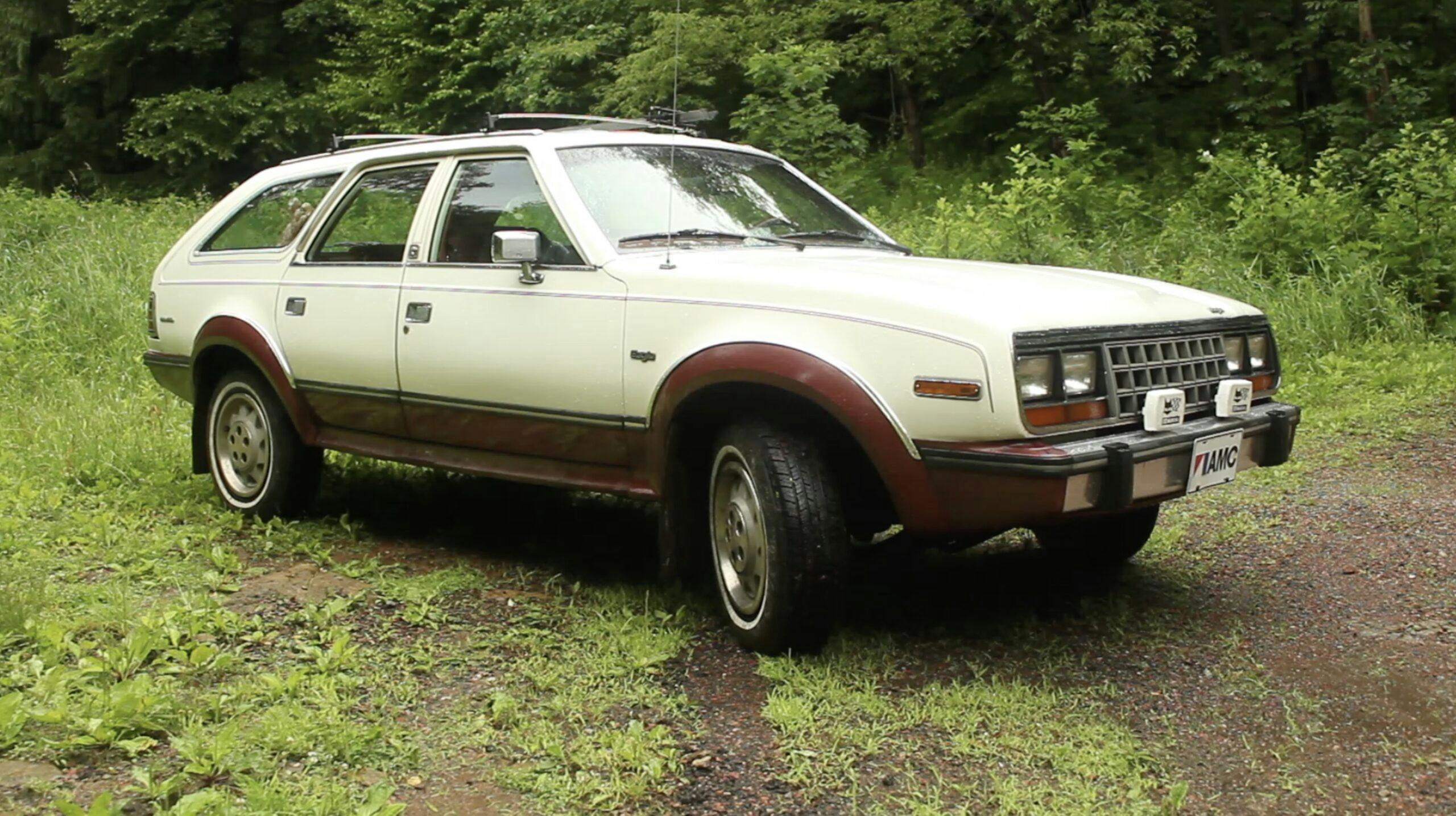
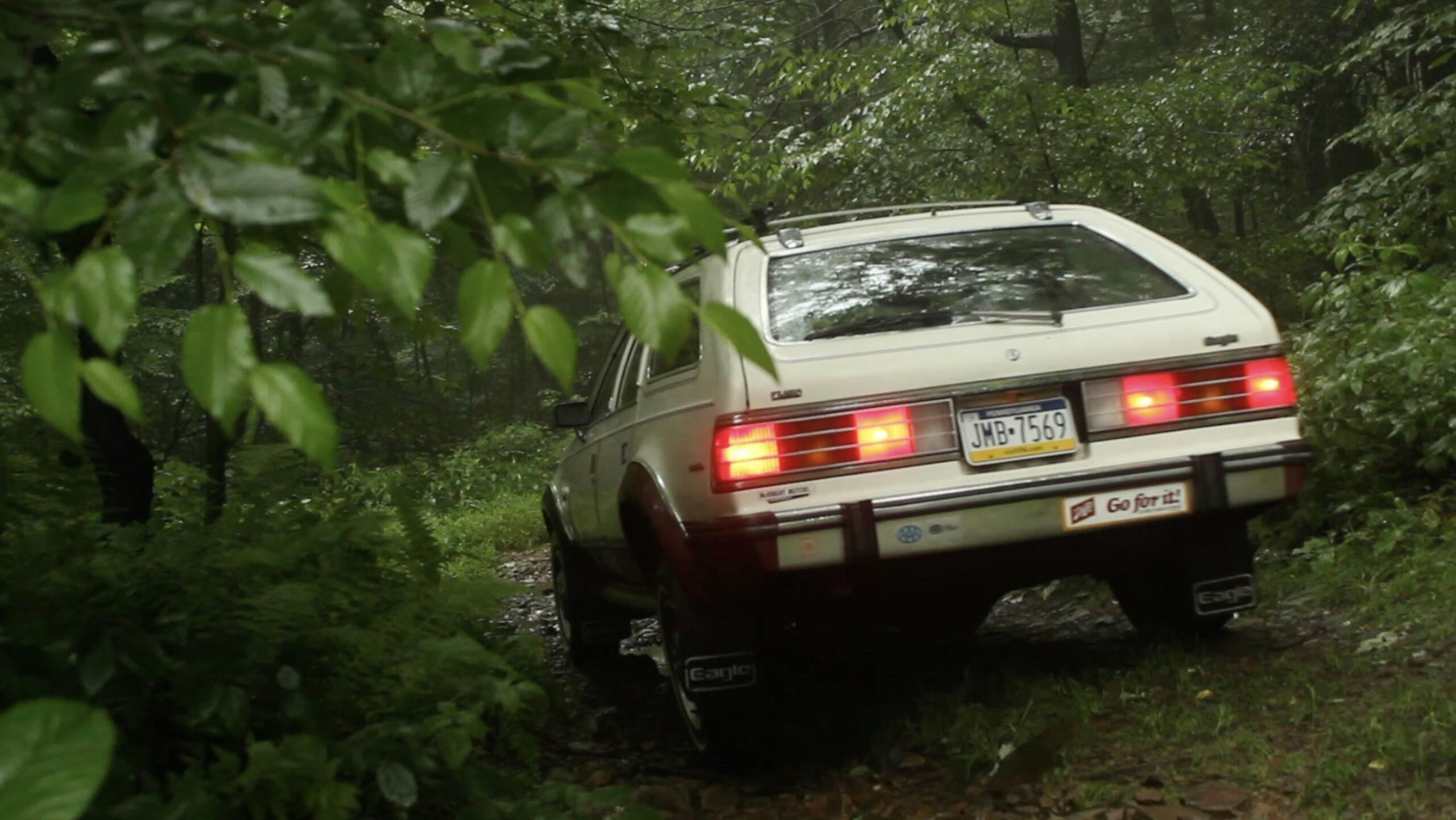


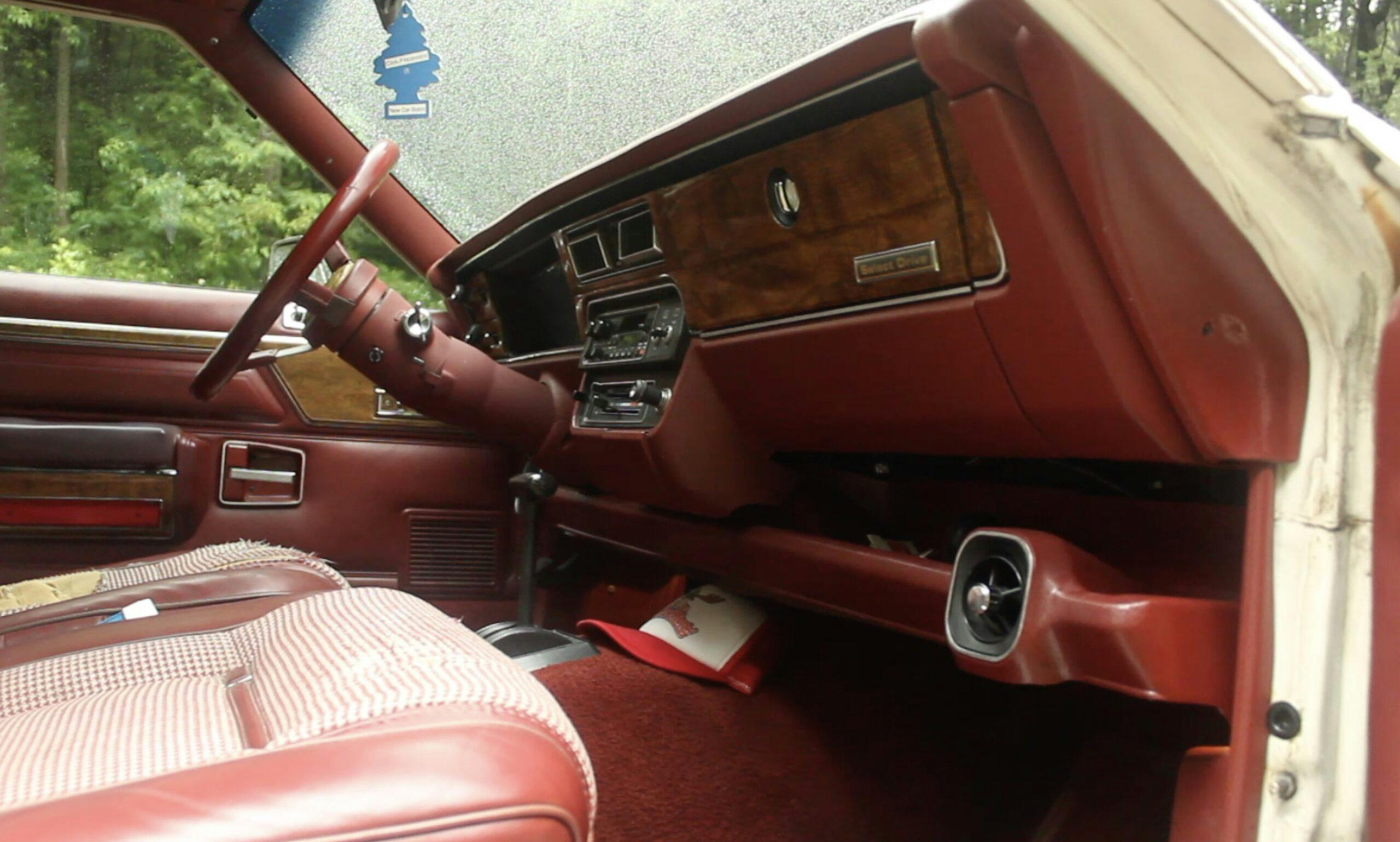




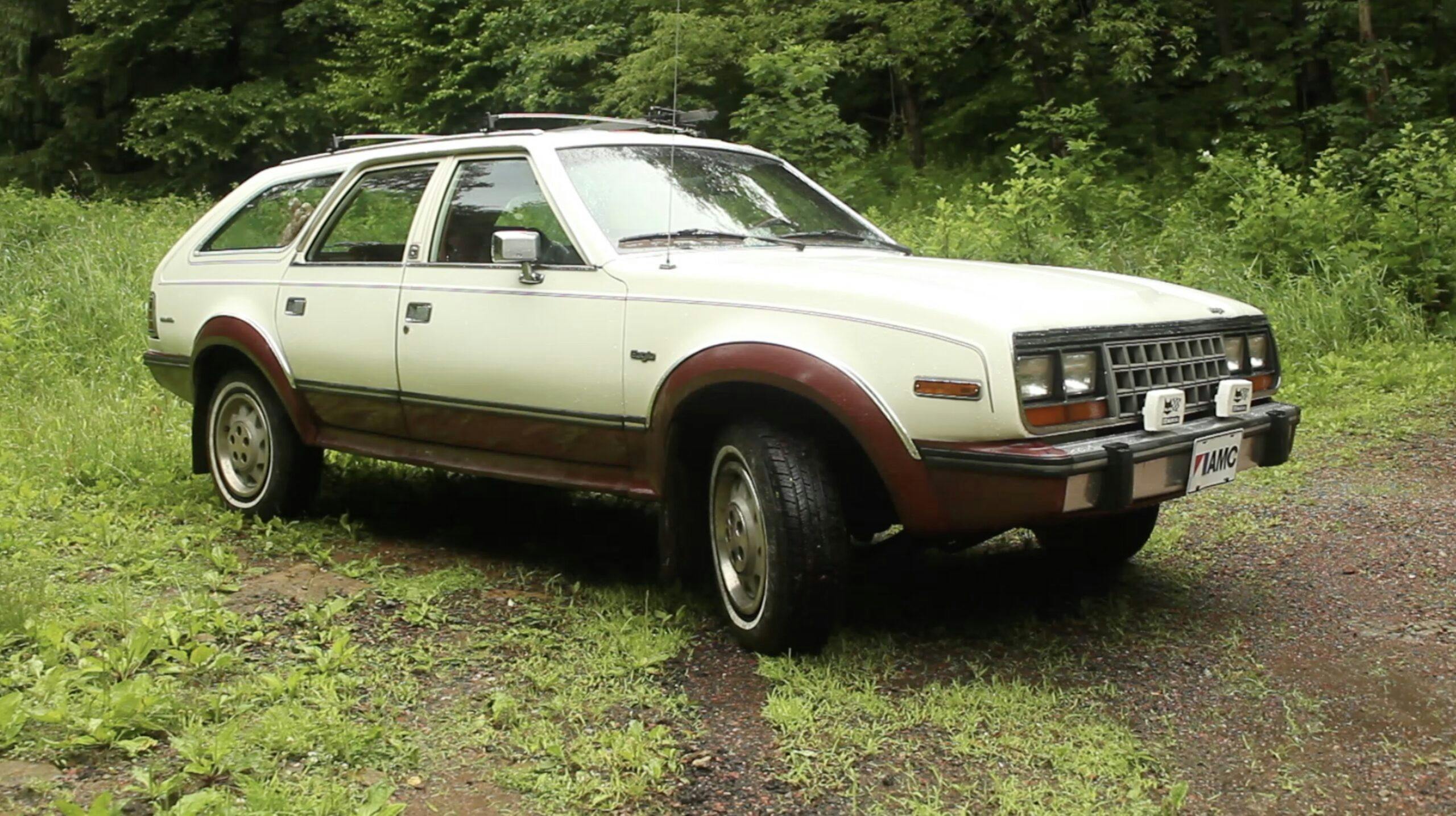

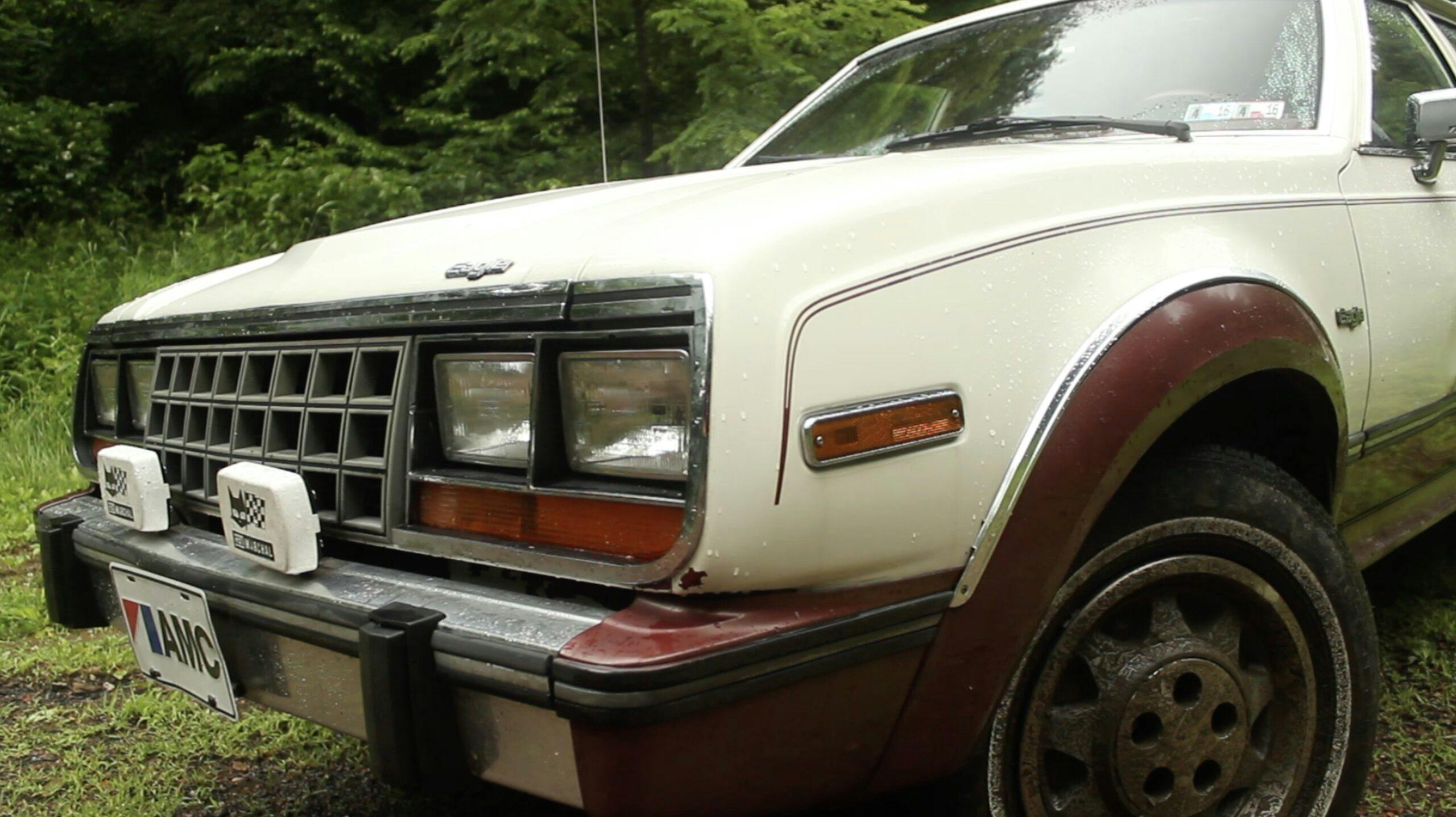
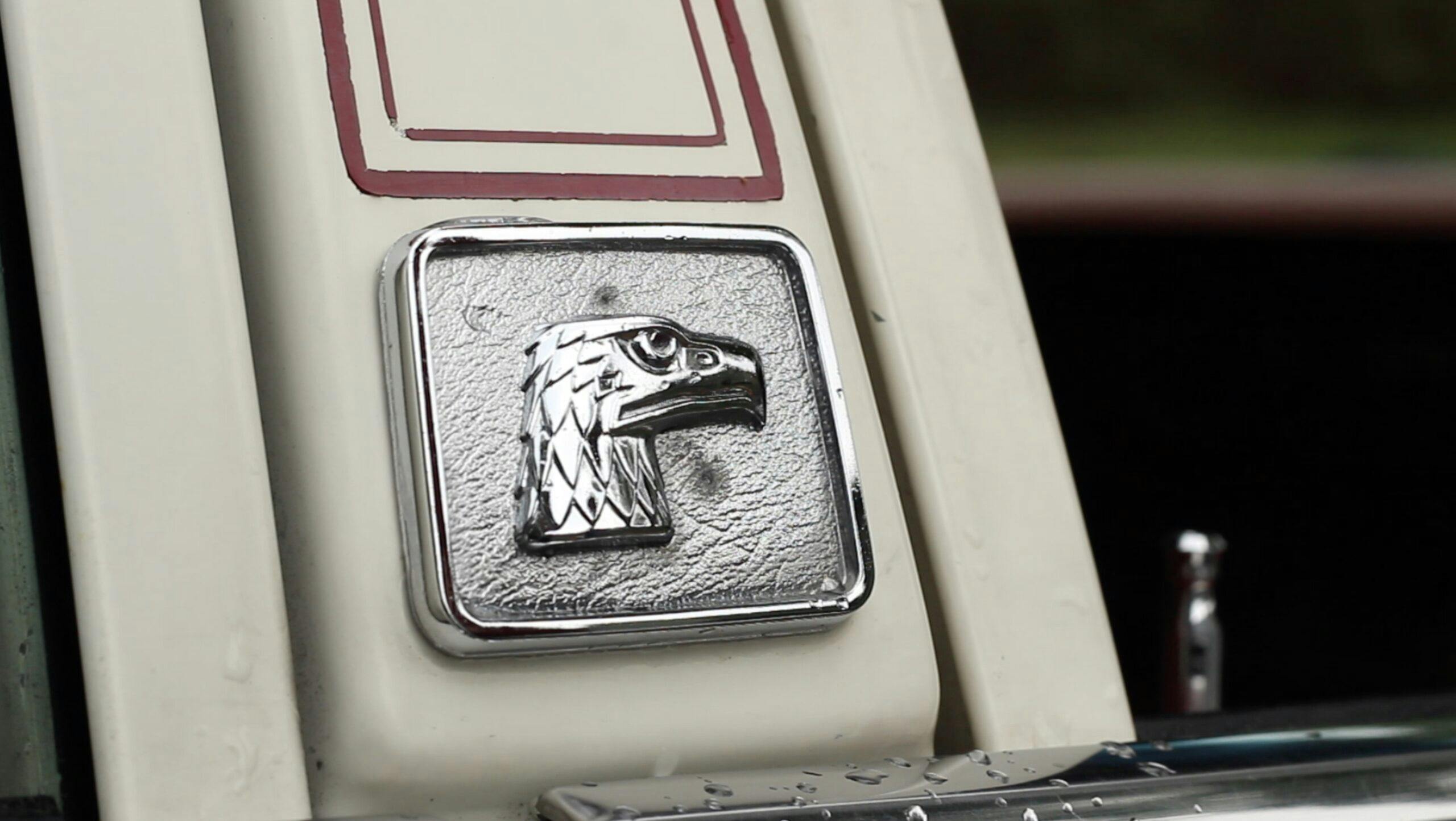


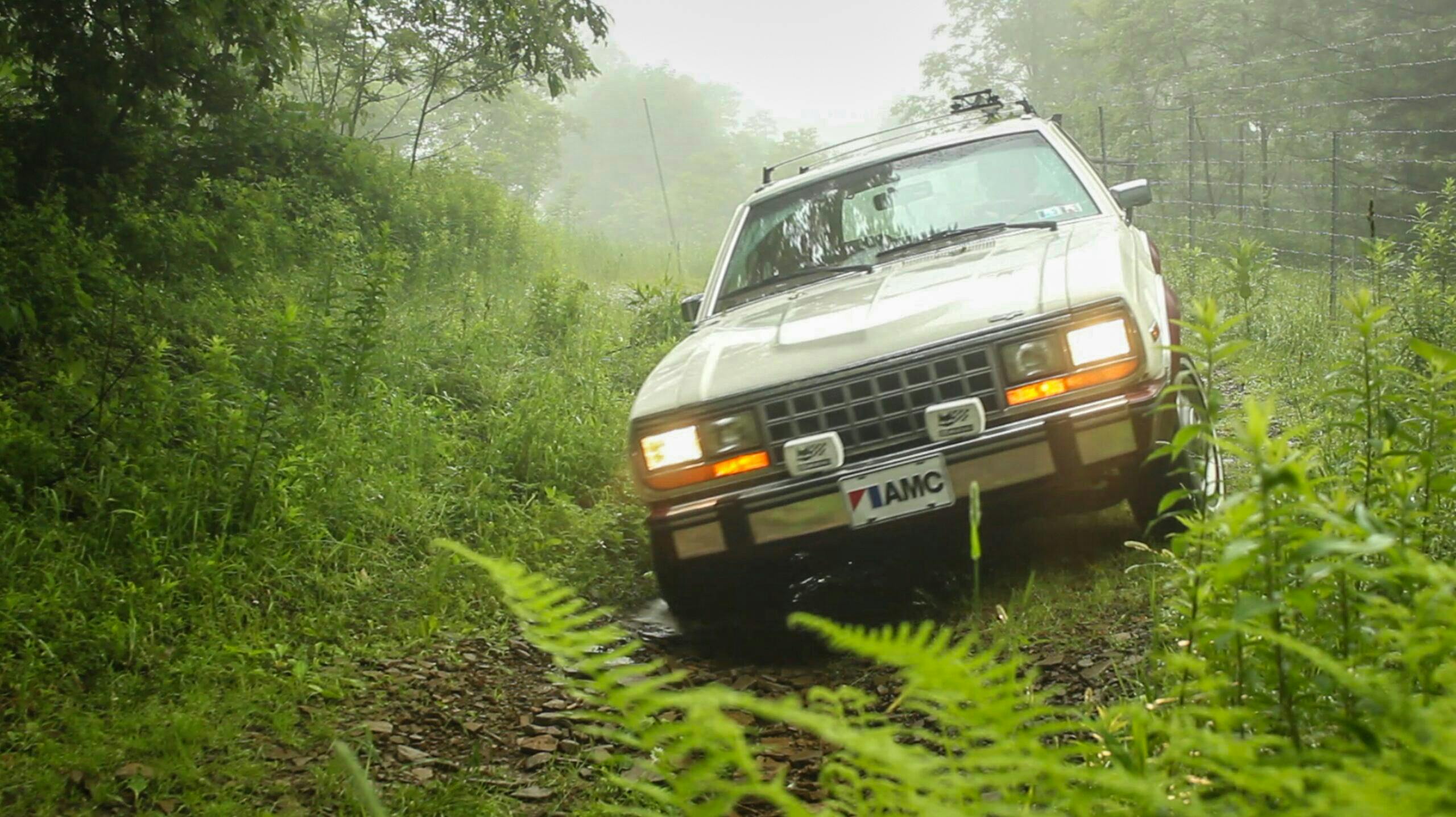
Brilliant move on the AMC board’s part to accept Lunn’s pitch. Although it didn’t save the drowning company, it did stave off the sharks for a bit. And it holds a landmark place in American automotive history, despite whether or not you agree with the sneakiness part!
Bought the fancy wagon model and was amazed at the surefootedness . It just never spun wheels in the snow and mileage on hwy was great. I didn’t have negatives about car at all and I’ve had over a hundred, however my friends poked fun at the style , but I liked it. Would give it a 10.
I agree. Before it’s time but would have one today.
If you went to the grocery store in lake Tahoe in the winter, it was just a sea of wagoneers and eagles.
I remember that. Then came the Subarus.
By 1980, Subaru had already arrived, at least in Colorado where I lived. I had a 1980 4WD (on demand) station wgn, a GLX I think. Yes, it was smaller by American standards, but hard to beat – “super boobos”, even got praise from my company’s shop foreman who had a big Jeep. I took it to a “crazy” place once, and it didn’t let me down. I say crazy, because in hindsight, it “don’t” matter how many wheel drive you got if, on a mountain pass in a blizzard, an avalanche happens.
Growing up in southern California, (San Diego CA), you didn’t really need 4 wheel drive, but my Pop- Pop, had a eagle and I loved it, when I was 9 months pregnant, and couldn’t fit behind the wheel of my car, I drove his, because you could lift up the steering wheel, so my huge belly would fit. It was a great car, my only regret is I no longer have that car, and would absolutely love to have a eagle wagon, again, now that I’m on hospice care, and not homeless anymore, I’m beating some odds, but my biggest and most great full wish would be to own a eagle wagon, it’s the best kind of vehicle to see a little bit of America, with my fiancee who’s also on hospice care, he’s got a end of life date, so this wish of an eagle wagon, would really make our final months together, really special, to be able to show him some of the world he’s never seen, and to make those memories for him, anyway, thanks for making one of the best wagons out there.
Sorry to hear of your life’s rocky road. We don’t know each other but I’ll put you on the prayer wheel. Blessings and strength your way .
the outback was a hit because it was a great driving car that could handle everything most suvs scould
Wonderful vehicle. Growing up in South Dakota in the 80’s, Eagles were amazing in the snow, even with regular radial tires. They tended to be owned by the upper income group, but regardless, they were just really cool. It is incredible how a regular AMC Concord was transformed into a vehicle that the wealthy people really wanted.
Joe, thanks for your great and informative article. The vehicle isn’t new to me, but your info certainly is. I did my driver’s ed in this 4wd wagon. It was so gutless on the road that it made my parent’s ’76 Mercury Monarch look good in comparison.
As someone who may have built that Monarch (50-50 chance, we were working two shifts), my apologies! Ford really struggled with the 1974 emissions standards – my mother-in-law had a Mercury Comet from that era that, hands down, was the worst car ever in my family
And then Chrysler bought AMC and killed it. If you got past the quality control issues and rust, they were well designed cars.
Parents bought a new eagle wagon in 1982. I really liked it and bought a couple myself in the 90’s when they were inexpensive used cars. Because these were mostly purchased in snow belt states not many survive today so to find a good one is rare
Shows what some guys to buck the system and imagination can do.
A far cry from the politically appointed board members we see on automaker boards today.
I’ve had many Eagles over the years and still have my well optioned ’84 Limited wagon. As the article points out, these drive like a standard mid size car of the era but with the traction of 4WD. Back in the early ’90’s I ice raced a ’83 sedan and did pretty well with it. The Audi’s could always beat me for speed, but when the snow was deep or the lake badly rutted, the higher ground clearance of the Eagle could give me the edge for a class win.
In 1981 I purchased a brand new Eagle wagon, absolute base model! 4 speed, crank windows, manual door locks, cloth interior, but it came with air , power steering & brakes. It was a wonderful car! one warranty claim, one after warranty repair and that was it! It was “Bulletproof!” The car went through eastern PA winters flawlessly and as easily as summer trips to the mountains and beach. In 1985 I traded it for Grand Wagoneer (at the request of my then Fiancée, now wife), which was constantly needy and a piece of junk in general from the very beginning. I wish that I had not done that! That Eagle was superior in snow, build quality as well as a lack of problems and the gas economy was really great! Ultimately, in 1988 I had enough of the the Grand and it was traded in for a Blazer, which wasn’t nearly as good as the Eagle, but certainly better than the Grand (which the Chevy dealer had to tow from our home). I wish that I still had that darn Eagle!!
When I met my wife in ‘83 she had an Eagle sedan. It was the perfect vehicle for a single mother living in snowy Chicago.
I was unaware of the viscous-coupling transfer drive history especially in connection with the Jeep Cherokee (XJ). Which coincidentally was her next vehicle.
Right, pointing out the XJ Cherokee connection was a “D’oh!” moment – that was the breakthrough the Eagles never achieved. Soon after it came out, I went to a Car and Driver Ten Best event, because I’d profiled the head of Ford trucks as a “mover and shaker” (sorry his name’s not coming back to me). They’d just introduced the Bronco II, but it only came as a two door. “Did you ever think about a four-door?” David E. Davis asked him, and he allowed they had. In the next generation, they did – and renamed it the Explorer.
Growing up, I thought these cars were pretty homely, and time hasn’t improved their image one bit. However, I will say these were a clever mix of foresight, engineering and marketing. Imagine if this had been created at a manufacturer that had better styling, reliability, quality control and powertrains at its disposal. The SUV wave might have come faster and may even have quashed the truck-based segment of the market.
Was it successful? Did they sell enough to justify the development cost?